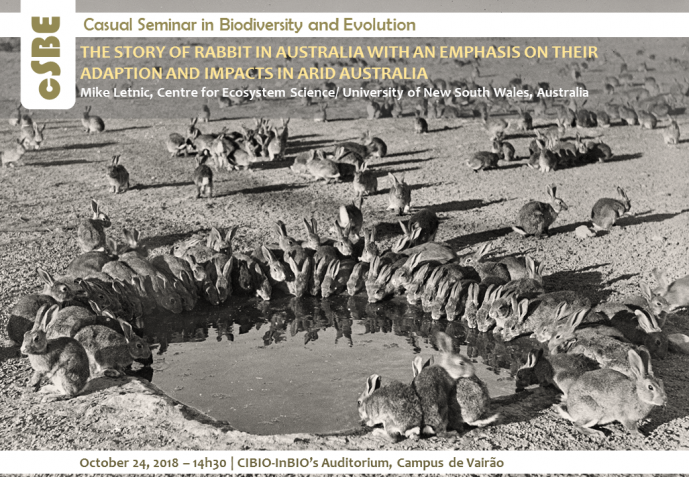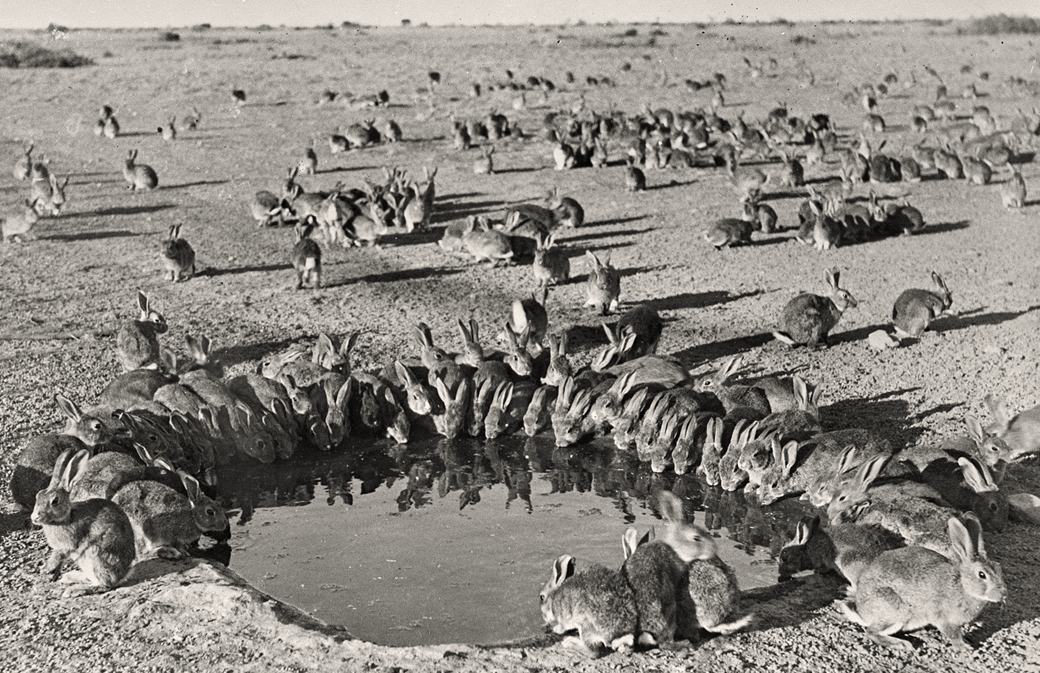THE STORY OF RABBIT IN AUSTRALIA WITH AN EMPHASIS ON THEIR ADAPTION AND IMPACTS IN ARID AUSTRALIA

CASUAL SEMINAR IN BIODIVERSITY AND EVOLUTION

The European rabbit is renowned for the being an invader that has had devastating impacts on agriculture and the environment in Australia. Rabbits were first introduced to Australia in the late 18th century but did not begin to spread across the continent until the second half of the 19th century when their populations reached plague proportions and they invaded environments ranging from deserts to alpine heaths. In the second half of the 20th century rabbit populations were famously controlled by the release of viral biological control agents, myxomatosis and rabbit haemorrhagic disease. In this talk I will present a brief overview of rabbits in Australia and discuss how the phenotype of rabbits varies across the continent and their impacts on the biota of arid Australia. Rabbits show considerable morphological variation across their range in Australia. Rabbits from hot arid regions have longer ears and limbs than those from cooler regions. There is also considerable variation in the frequency of rabbit colour morphs across the continent. Throughout the Australia, the dominant colour morph of rabbits is agouti, however, other colour morphs including ginger and black also occur. In some “red-sand” deserts, approximately 20% of rabbits have ginger pelage, which closely matches the colour of the sand and begs the question: Is this colour variation an adaption to avoid predation? In arid regions, rabbits are hypothesized to adversely impact native fauna via apparent competition because high rabbit numbers support elevated numbers of introduced predators which in turn have devasting predatory impacts on native fauna. Rabbit herbivory hampers recruitment of woody plants, however, recent studies suggest that the impacts of rabbits on pastures may be much lower now than they were before the release of biological control agents.
Mike Letnic research is focused on the conservation, management and restoration of ecosystems. He is currently investigating new approaches to improve the outcomes of threatened species reintroductions, the utility of rewilding as an approach for ecosystem restoration, the role that top predators play in sustaining biodiversity and managing the impacts of introduced species including feral cats, foxes, feral goats and cane toads.
[Host: Joel Alves, Immunity and Emerging Diseases]